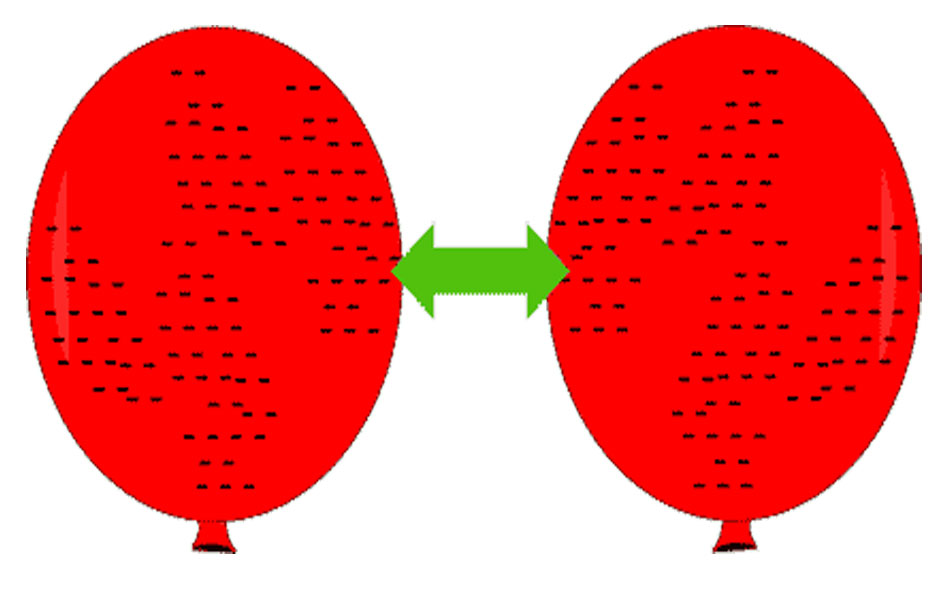
1
DifficultyStatic Electricity Experiment for Kids - Teach kids about static electricity with this classic experiment
Posted by Admin / in Energy & Electricity Experiments
There are plenty of great static electricity experiments out there for kids, but this simple experiment uses something kids love, balloons. The balloons add a fun factor to a science experiment to help kids connect with the concept of static electricity. This experiment is easy to set up and easy to clean up afterwards.
Materials Needed
- 2 or more balloons (break the kids up into small groups - 2 balloons per group)
- 2 pieces of string (2 or 3 feet in length - each group)
- wool cloth
- plastic wrap
EXPERIMENT STEPS
Step 1: Blow up at least two balloons. Tie the balloons and let them hang down so they are about 2-3 inches apart.
Step 2: Observe what happens when the balloons hang down on the strings.
Step 3: Rub both balloons with a piece of plastic wrap for about 20 seconds. Observe what happens to the balloons.
Step 4: Rub both balloons with a piece of wool cloth for about 20 seconds. Observe what happens to the balloons.
Step 5: Rub one balloon with a piece of plastic wrap and the other balloon with a piece of cloth wool for about 20 seconds. Observe what happens to the balloons.
SCIENCE LEARNED
The rubber material in a balloon is similar to the insulation on an electrical wire. Electrical charge does not transfer across the surface of the balloon, it tends to stay localized in one spot. Cloth materials like wool easily give up extra electrons. When wool is rubbed across the surface of a ballon, extra electrons from the wool transfer to an area on the surface of the balloon giving it a negative charge. The majority of the surface of the balloon still has a neutral charge. Rubbing a balloon on hair will have the same result.
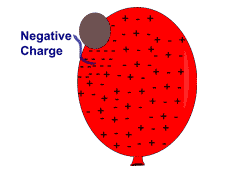
If two balloons are both rubbed with wool, they both have a negative charge. Try rubbing the wool over most of the balloon's surface to ensure that the negative charge is consistent over the entire surface. The two equal (negative) charges push away from each other
The opposite charge is created on the surface of the balloon when it is rubbed with plastic wrap. The balloon has a positive charge. Two balloons both rubbed with plastic wrap, however, have the same result. The two equal (positive) charges push away from each other.
When one balloon is rubbed with wool and one balloon with plastic wrap, the result is opposite charges. In this case, opposites truly attract. The positive and negative charges attract each other. This is the key science concept of this experiment. Positive and negative charges attract each other, but the same charges push away from each other.
-
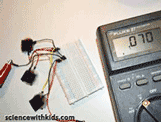
6
DifficultyHow to Make a Simple Battery
in Energy and Electricity Experiments
Make a simple battery using coins and other common items.
-
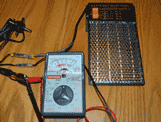
3
DifficultySolar Energy Experiment for Kids
in Energy and Electricity Experiments
Teach kids how light is used to generate electricity in this solar energy experiment.
-

2
DifficultyBeginner Electronics Experiment For Kids
in Energy and Electricity Experiments
This experiment is a good starting point for kids to begin learning about electronics.
-
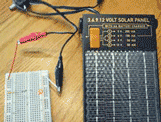
5
DifficultyLED Solar Circuit Experiment
in Energy and Electricity Experiments
Learn how to make an electrical circuit to power an LED using solar power.
-
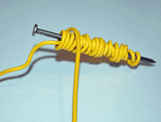
4
DifficultyHow to Make an Electromagnet
in Energy and Electricity Experiments
Test the relationship between electricity and magnetism by making an electromagnet.
-
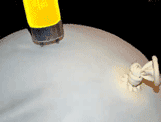
3
DifficultyPower a Light with Static Electricity
in Energy and Electricity Experiments
Use static electricity to power a light bulb!
